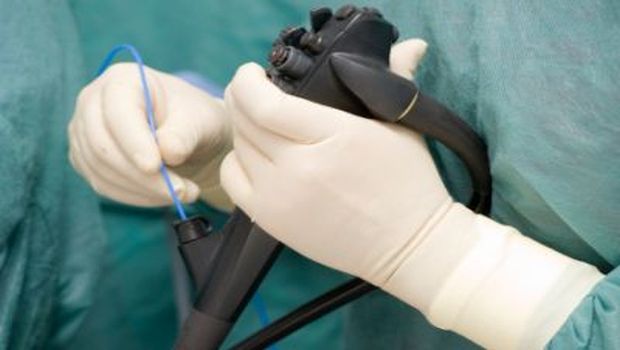Scope Cleaning Verification
Reprocessing endoscopes, particularly flexible endoscopes, requires numerous steps for proper cleaning and high-level disinfection. Studies have demonstrated that not all of these steps are followed by sterile processing personnel, leading to potential transmission of infectious organisms to patients during invasive procedures using contaminated scopes.

Report Summary
This report summarizes some of the more significant issues relating to endoscope cleaning and disinfection and how studies indicate that not all steps in the decontamination process are being followed. Insufficient reprocessing leaves bioburden that can pose serious threats to patient safety by transmitting infectious pathogens.
Editor's Take
Current techniques used to clean endoscopes for reuse are still not consistently effective, according to a recent study published in the American Journal of Infection Control whose findings support the need for careful visual inspection and cleaning verification tests to ensure that all endoscopes are free of damage and debris before they are high-level disinfected or sterilized and used on another patient.
Takeaways for Your Business
- Review the problem of bioburden found in reprocessed flexible endoscopes
- Explore studies in the literature that demonstrate the need for improvement
- Learn about visual inspection and scope cleaning verification processes
The Sterile Processing Conference Survival Guide: How to Make the Most of Your Next Event
March 25th 2025From expert speakers to cutting-edge tools, sterile processing conferences, like the 2025 HSPA Annual Conference and the SoCal SPA's Spring Conference, offer unmatched opportunities to grow your skills, expand your network, and strengthen your department's infection prevention game.
Redefining Material Compatibility in Sterilization: Insights From AAMI TIR17:2024
March 24th 2025AAMI TIR17:2024 provides updated, evidence-based guidance on material compatibility with sterilization modalities. It offers essential insights for medical device design and ensures safety without compromising functionality.
The Latest on CLABSIs and CAUTIs: Evidence-Based Approaches for Infection Prevention
February 27th 2025Health care–associated infections like CLABSIs and CAUTIs threaten patient safety. Learn evidence-based strategies, new technologies, and prevention protocols to reduce these infections and improve outcomes.